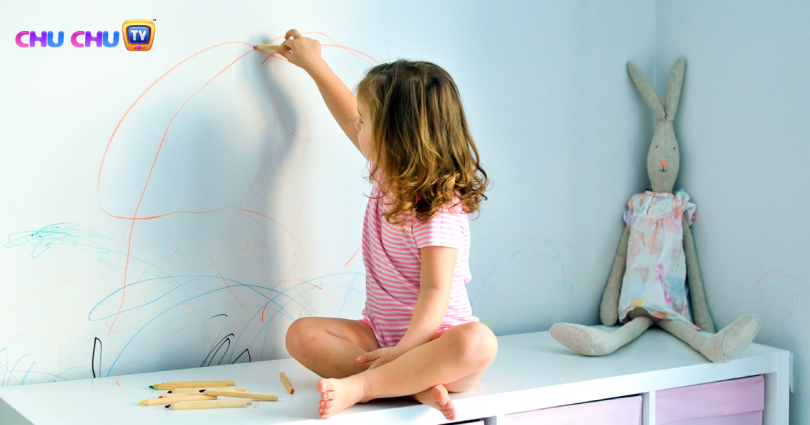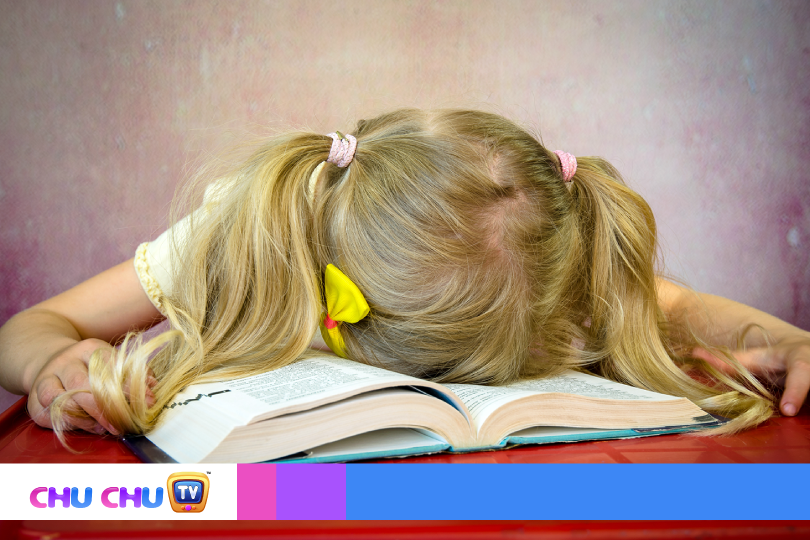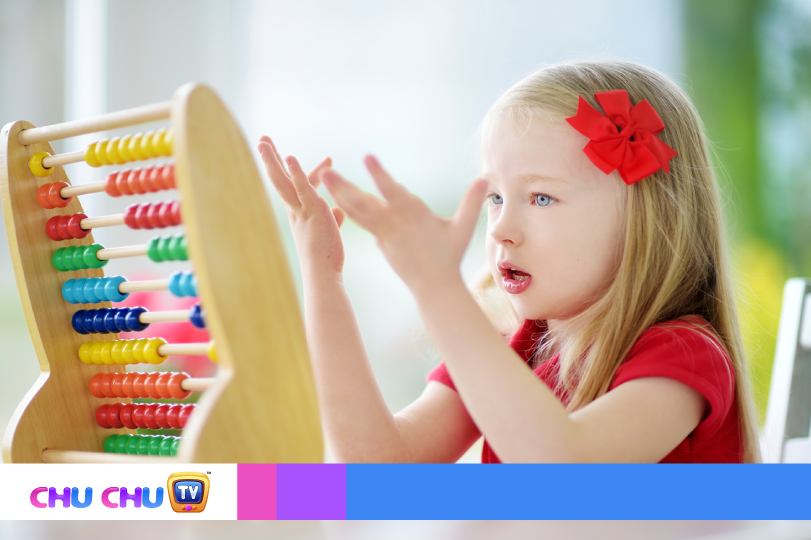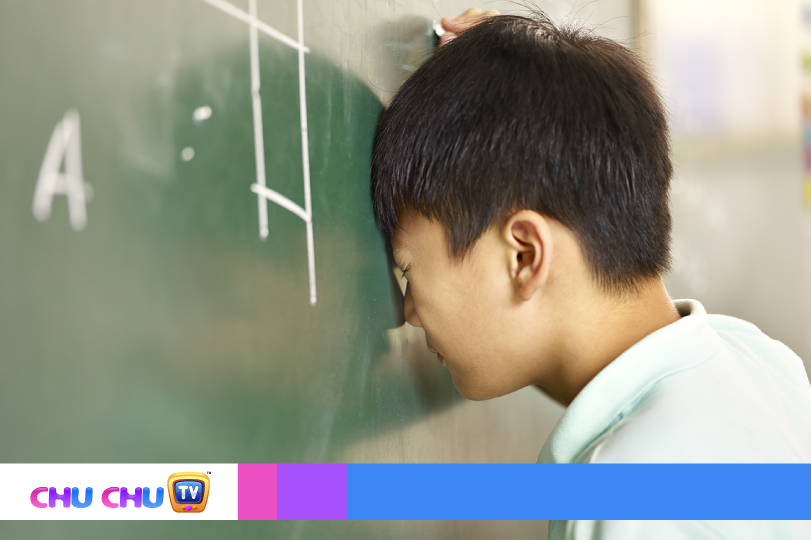Every child is born with a different potential and their learning ability may vary during preschool and kindergarten years. It is normal that some children may tend to learn at a slower pace, as compared to other toddlers of the same age group. However, if a child is facing significant problems with alphabets, words, speech, numbers, etc., there’s a possibility that they may have learning disabilities. Most learning disabilities occur due to variations in brain function, something that makes it difficult to understand certain concepts. Most children with learning disabilities possess a higher level of intelligence, but the problem occurs because they face difficulties in communicating with others and expressing their thoughts. Inability to master certain tasks can result in anger, frustration, and low self-esteem among children with learning disabilities.
It’s not uncommon for toddlers to be diagnosed with learning disabilities. According to a major national study, around 5 percent of children in the United States experience some form of learning disability. A child may be diagnosed with a specific learning disability such as Dyslexia, Dyscalculia, Dysgraphia, Dyspraxia, etc. or it could be a combination of varied learning disabilities. Some learning disabilities are associated with auditory, sensory, and visual processing disorders.
As a parent, it’s necessary that you look for signs of learning disabilities in your child. Early detection will ensure that you can get professional help at the earliest. You will also be able to change your parenting style to suit the specific needs of your child. To help ensure an early detection, let’s take a look at some of the most common signs of learning disabilities in toddlers.
Difficulty in reading and learning new words:
Children with a learning disability find it difficult to learn new words and read properly. They may get confused between various alphabets and words, something that hinders their learning. Some children may face problems with numbers as well. It can also be about the inability to identify with groups such as various colors, days of a week, geometrical shapes, etc.
Inability to communicate properly:
You can check for communication problems when your child is 3 years old. Children with learning disabilities face problems in putting words together. They may show disinclination towards using several words in a sentence and may tend to communicate through single words. If the child shows a disinterest in speaking, it may be a sign of learning disability. Some children may also face problems with correctly pronouncing specific words.
Issues with motor skills:
Improper motor skills comprise things such as poor eye contact and problems with sitting, crawling, and walking. In later years, a child with learning disability may face problems with routine tasks such as using a pair of scissors, tying their shoe laces, etc. Problems with motor skills are usually defined as Dyspraxia and the severity may vary, ranging from mild to severe. Dyspraxia occurs due to certain abnormalities in brain function. It makes it difficult to coordinate physical movement.
Inability to focus:
Children with a learning disability find it difficult to focus for longer durations on a given task. Inability to focus properly may be okay for children up to 5 years of age, but if such condition exists beyond 7 years of age, it may be a sign of learning disability. Inability to focus and pay attention can affect the child’s academic performance. They may also face difficulties with other tasks that require focus.
Problems with arithmetic:
This is covered under Dyscalculia, a type of learning disability that prevents children from understanding basic math concepts. Such children find it difficult to understand numbers, fractions, and positive and negative integers. It may be difficult for them to describe arithmetic concepts and write it down on paper. On the practical level, Dyscalculia affects an individual’s ability to make cash transactions, take measurements, play board games, etc.
Difficulty with social skills:
Problem with social skills may be indicative of Autism Spectrum Disorder (ASD). Such children may appear normal, but they may lack proper social skills. They may repeatedly talk about the same topic or display the same behavior. Such children feel awkward in social situations and are often not sure how to respond to people talking to them. They may also fail to recognize facial expressions, for example, if a person is happy or annoyed. ASD children have very few emotions to show.
Anger and agitation:
Children with learning disabilities get easily agitated when they have to deal with something new. It can be about learning to do a new task or learning a new concept or subject. Most children tend to be stubborn and rigid, but if the smallest of changes start to trouble your child, it may be a sign of learning disability.
Stuttering:
On its own, stuttering may not be linked to learning disability. However, if it occurs with other symptoms such as problems with speech or motor skills, it may be a sign of learning disability. Stuttering occurs when the child is unable to find the right words to express their thoughts. It can also occur if the child is overly excited to express their views.
Forgetfulness:
Children with learning disabilities tend to forget things that they may have learned earlier. For example, they may have completed their potty training, but later, they may completely forget such training. It can also happen when they learn new alphabets, words or numbers. Such unexpected forgetfulness may be a sign of learning disability.
Learning disabilities are usually permanent, but affected children could still improve their comprehension and knowledge by using specialized learning tools and techniques. Another approach that is being increasingly used is to let the child focus on their strengths. There are many people who were diagnosed with learning disabilities as a child, but they went on to have successful careers and lead a good life. It was possible because these people chose to focus on their strengths. Some of these people include Whoopi Goldberg (dyslexia), Daniel Radcliffe (dyspraxia), Steven Spielberg (dyslexia), Michael Phelps (ADHD), Keira Knightley (dyslexia), and Cher (dyslexia).
As a parent, you can organize activities related to your child’s interests, which will boost their confidence and self-esteem. Your goal should be to provide constant encouragement and the required love, care, and support to your child.



















Thanks it inspires me